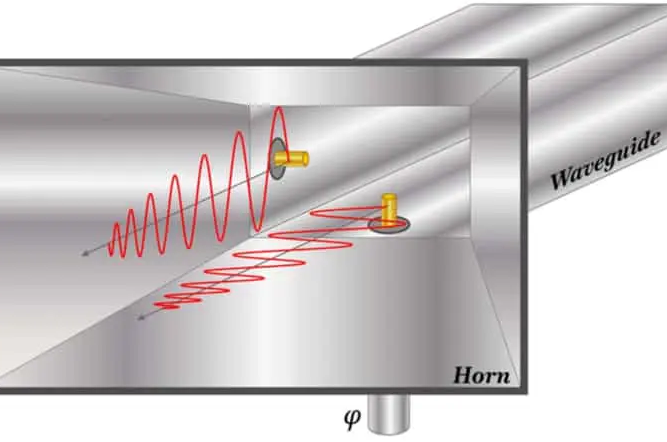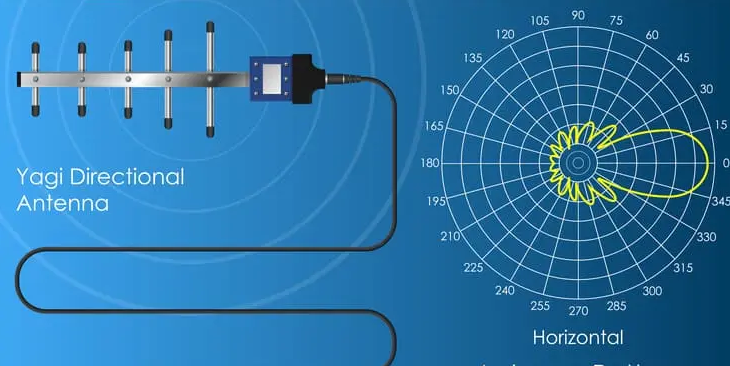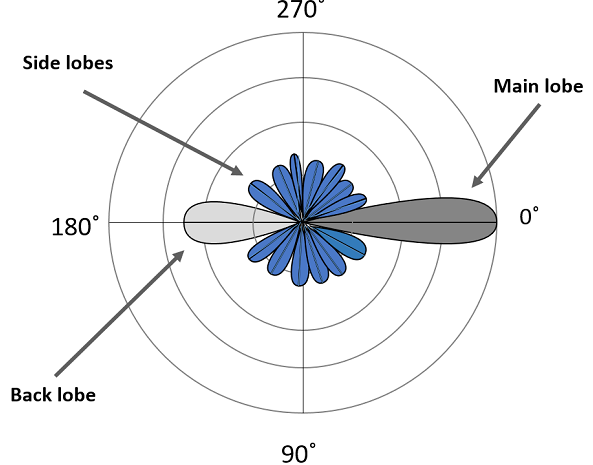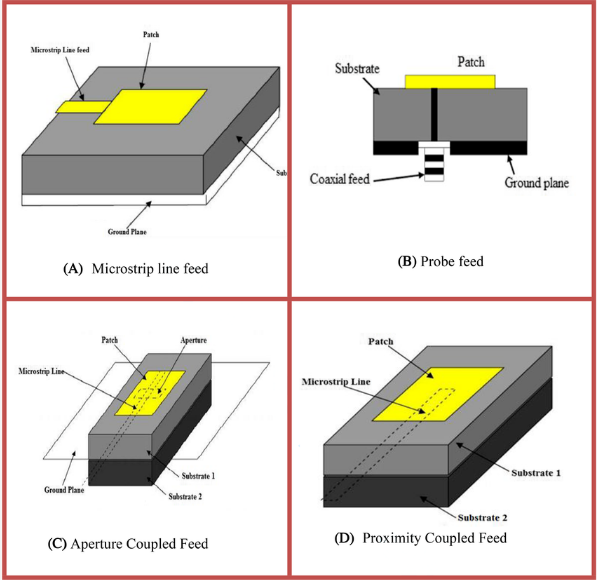The three modes of a waveguide are Transverse Electric (TE), Transverse Magnetic (TM), and Transverse Electromagnetic (TEM).
Table of Contents
Transverse Electric (TE) Modes
Transverse Electric modes are an important element of the operation of waveguides and find particular application in applications relative to microwave and, especially, optical frequencies. In particular, the TE modes are important for devices where bandwidth needs to be maximized and loss minimized.
One of the prime examples of this utility is in the satellite communications systems, which use TE modes to allow the transmission of signals with minimal loss over long distances. The wavelength properties of TE modes are used in the communication satellites to enable the systems to operate at 12 GHz to 18 GHz frequency range, which is the Ku-band frequency for almost all commercial communication satellites . This particular application drastically increases the signal strength and, thus, quality over the distance.
When waveguides are chosen by engineers for a specific purpose, the considerations for their dimensions are paramount, as they directly determine which waveguide modes are supported and at what cutoff frequency . For example, a standard rectangular waveguide might feature an inner width of 72 mm and height of 34 mm above which it will support TE modes, first among which is the TE10 mode, which is the dominant mode for rectangular waveguides . This particular mode will have a cutoff frequency at around 2 GHz, which makes it particularly suitable for modern broadband internet services that require data transmission at high speed. This is a highly cost-effective method of using TE modes in the commercial systems, as the throughput of data may be maximized without new installations over the same infrastructure.
Another field of application for TE modes is in the radar systems, particularly those utilized by the engineers monitoring the speed and position of fast objects. The TE modes are particularly useful in radar applications due to their ability to support the transmission of high-frequency waves, which are also highly efficient. For this reason, the TE modes are used in waveguides of the radar systems, ensuring proper performance and transmission quality over the speed and distance requirements. The material choice for waveguide construction is also important – for example, in the electronics industry, when airborne radar systems feed waveguides with high-frequency signals, the use of low-cost and lightweight aluminum is a good option for the balance of cost and durable overall performance over the waveguide’s lifespan.

Transverse Magnetic (TM) Modes
When it comes to the practical use of waveguides, Transverse Magnetic modes can be seen as the most efficient due to their specific configuration where magnetic from has no component in the direction of propagation. The fingerprint of a TM mode is sheerly electric and allows to have relatively high field intensity with no significant electromagnetic interference. The straightforward waveguide that comes to mind is its application for medical imaging in MRI systems . In this case, TM modes are used to create as uniform magnetic fields as possible, which is critical for the high resolution of the image. Since the frequencies of MRI machines are relatively high, the TM modes are employed to make the waveguide diameter approximate 86mm, which is a typical dimension of such applications .
After it, the choice of the material of the waveguide is to consider, and copper is the best choice since its high electrical conductance allows operating with TM fields in the context of high-quality images. Copper characteristic of having fewer power losses makes it an excellent solution for the requirements of high accuracy in medical imaging. Indeed, MRI is able to do more than other ways of medical imaging, since it is based on the analysis of the energy level of the hydrogen protons implied in them. The base frequency of MRI imaging in hospitals is 1.5T, which corresponds to 64MHz, meaning that the task of a waveguide in this instance is to provide high-quality image of objects at this frequency. The application of copper also makes the device more durable and lowers the needs to substitute and correct it, which is a crucial factor when it comes to high-precision medical equipment.
The application of TM waves in medical imaging definitely influences the life of the system and its power efficiency. When it comes to life, better materials are able to prevent the need of the repetition of badly interpreted images, which is especially important for cancer diagnostics and other situations requiring quick examination of patients. As for the power efficiency, TM modes are highly efficient in using energy, making only the needed place of tissue or an organ of examination reach a certain energy level. The waveguide based on copper allows to reach the necessary power much faster than other materials, and the image reaches its quality faster, which is a tremendous advantage for the patients due to the shorter period of time spent in machines.
Transverse Electromagnetic (TEM) Modes
TEM modes are crucial for ensuring high efficiency and low loss in electromagnetic transmission. They are defined by the presence of both electric and magnetic fields that are perpendicular to each other and to the direction of wave propagation, eliminating the longitudinal field component. This quality accounts for the reduced signal degradation with the distance.
One of the main applications of TEM modes is telecommunications, primarily in broadband internet connection. Coaxial cables are ubiquitous and designed to support only the TEM modes, making them ideal for transmitting high-frequency signals . Because of its ability to maintain the signal’s integrity with the distance, coaxial cables are used extensively for delivering high-speed internet to businesses and homes alike. The broadband enabled by these cables allows for speeds up to 1 Gbps, which is crucial for many applications, such as streaming, gaming, or transferring large amounts of data.
It should be noted that the dimensions of the cables are an important variable for enabling TEM wave transmission. For instance, a commonly used coaxial cable might have an inner conductor diameter of 0.9 mm and an outer conductor diameter of 2.95 mm. It is then insulated with a material of minimal loss and interference, such as polyethylene. The deep connection between the quality of the cable’s materials and the quality of its performance is also worth consideration. For instance, the inner and outer conductors are typically made of copper, which is known for its excellent conductivity and low resistance. These qualities are crucial for reducing the amount of power lost during the signal’s delivery, ensuring that the transmission remains efficient over long distances. Finally, it should be noted that the use of TEM waves is also cost-efficient. The materials required for the manufacture of coaxial cables are of good quality but tend to be relatively inexpensive and long-lasting when used in quantity. Installation, therefore, presents a negligible cost compared to the potential benefits of the long-term broadband internet distribution it enables.







